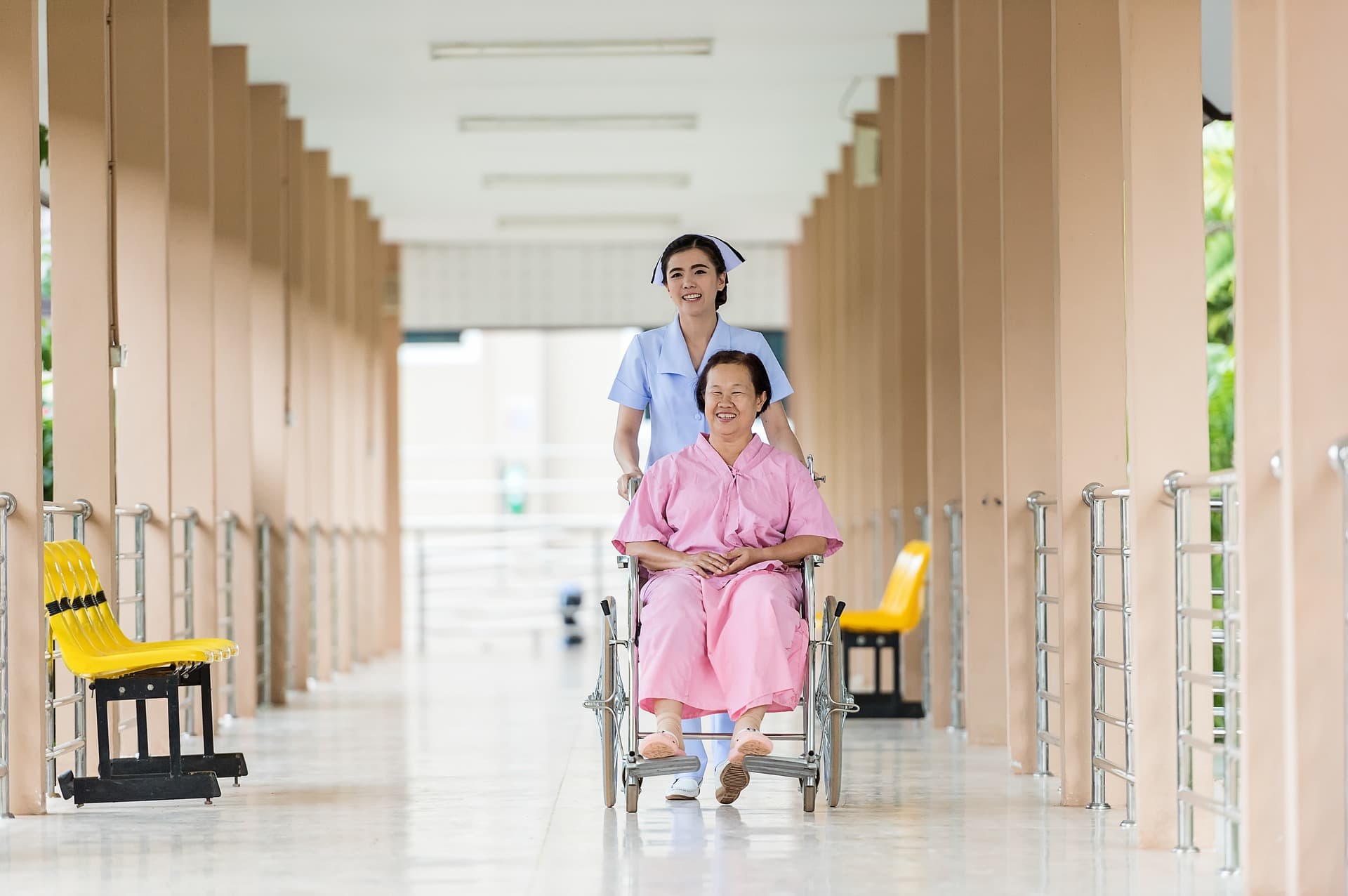
Anesthetic management of the geriatric patient is becoming increasingly commonplace. It is predicted that by 2030, 20% of the U.S. population will be over the age of 65, and many senior citizens will have complex medical issues often requiring surgical intervention. Recognizing the physiologic changes that occur with aging and tailoring anesthetic care to this unique patient population is an asset to the practicing anesthesiologist.
CNS changes occurring with age include decreased white and gray matter, as well as reductions in neurotransmitter levels (e.g. dopamine, acetylcholine, norepinephrine, and serotonin). Elderly patients are therefore more sensitive to anesthetics (MAC decreases 4-6% per decade after age 40) and are at increased risk for perioperative delirium and postoperative cognitive dysfunction. Neuraxial local anesthetic dosages should also be decreased, given the smaller epidural space, increased dura permeability, and decreased CSF volume.
Cardiovascular changes include left ventricular thickening and diastolic dysfunction, decreased contractility due to myocyte loss, decreased β-adrenergic sensitivity due to decreased conduction fiber density and a decreased number of sinus node cells, and increased resting sympathetic tone. Vascular stiffness due to breakdown of elastin leads to higher mean arterial pressure and increased pulse pressure. These changes explain why geriatric patients benefit from adequate preload, low heart rates to ensure time for coronary perfusion, and sinus rhythm. Loss of the elevated native sympathetic tone by anesthetic induction or neuraxial anesthesia are not tolerated as well in the elderly, given decreased responsiveness to sympathomimetic drugs.
Respiratory changes include increased lung compliance due to loss of elastic elements and altered surfactant production, decreased chest wall compliance, increased closing capacity (CC) due to early collapse of the small airways on exhalation, and loss of overall alveolar surface area. These result in increased anatomic dead space, decreased diffusion capacity, increased work of breathing, impaired gas exchange, and increased air trapping. Total lung capacity is unchanged, vital capacity decreases, residual volume increases, functional residual capacity (FRC) is unchanged or slightly increased. At 44 years of age, FRC and CC are equal in the supine position, and at 66 years of age in the upright position (CC is not affected by position, unlike FRC). As FRC falls below CC, increased shunting occurs leading to desaturation. The importance of fastidious preoxygenation of the elderly patient is therefore especially important, as is the maintenance of PEEP during positive pressure ventilation.
Renal changes include decreased GFR, necessitating cautious dosing of renally cleared medications. Serum creatinine remains unchanged given a coincidental decrease in muscle mass, and is therefore a poor predictor of GFR in the elderly. Liver volume decreases 20-40% with aging, and hepatic blood flow decreases 10% per decade.
The physiology of aging is important to understand for the proper anesthetic management of the geriatric patient. General trends are toward conservative dosing of medications, accounting for decreased cardiopulmonary reserve, and keeping in mind the susceptibility to a prolonged postoperative recovery.

